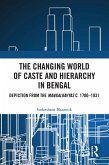
eBook, ePUB
26. August 2022
Taylor & Francis eBooks
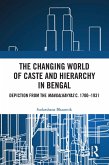
eBook, PDF
26. August 2022
Taylor & Francis eBooks
Broschiertes Buch
Depiction from the Mangalkavyas c. 1700-1931
27. Mai 2024
Routledge India / Taylor & Francis
| Gebundenes Buch | 142,99 € |
Gebundenes Buch
Depiction from the Mangalkavyas c. 1700-1931
26. August 2022
Routledge India / Taylor & Francis
Ähnliche Artikel
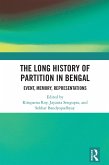
eBook, ePUB
13. Februar 2024
Taylor & Francis eBooks
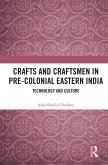
eBook, ePUB
29. November 2021
Taylor & Francis eBooks
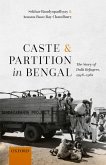
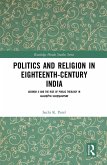
eBook, ePUB
1. Oktober 2021
Taylor & Francis eBooks
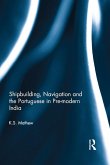
eBook, ePUB
9. August 2017
Taylor & Francis eBooks

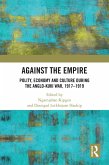
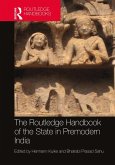
eBook, ePUB
13. Januar 2022
Taylor & Francis eBooks
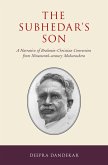
Ähnlichkeitssuche: Fact®Finder von OMIKRON
